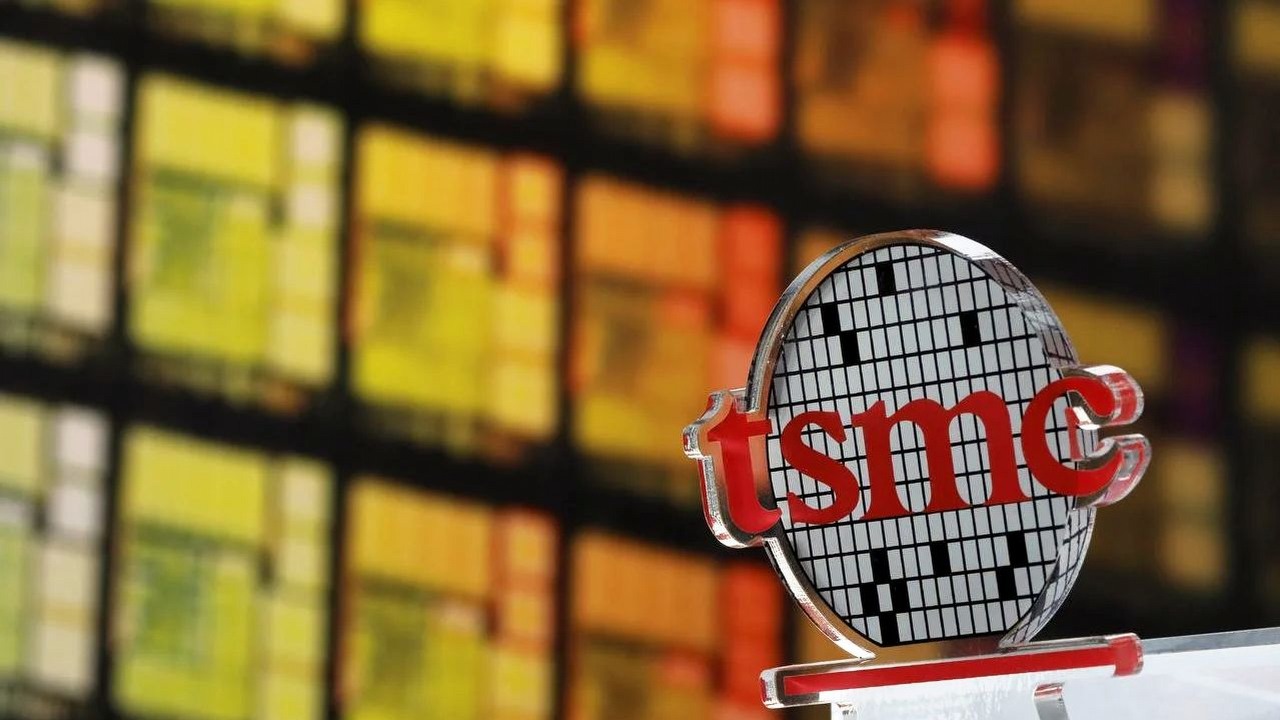TSMC Made Great Progress With 1nm Chips
TSMC and its partners are working on 1nm processor manufacturing technology. This lithography may be another breakthrough in the miniaturization and energy efficiency of chips.

- TSMC is working on 1nm processor manufacturing together with researchers from MIT and NTU;
- They have discovered ways to overcome the technology barriers that prevent using 1nm and smaller lithographies.
IBM recently announced the first processors (engineering samples) manufactured in 2 nm lithography. While this seemed improbable, it is not the absolute limit of chip miniaturization. TSMC, together with researchers from Taiwan National University (NTU) and the Massachusetts Institute of Technology (MIT), are working on even higher density electronic components. They have managed to solve several problems related to electrical phenomena, paving the way for the production of 1 nm transistors and smaller.
With progressing miniaturization of circuits, science is facing more and more new problems. In electronic components made in lithographies smaller than 2 nm, the so-called metal-semiconductor junction becomes prominent. Increasing resistance in their microscopic contacts leads to a significant reduction in the performance of such circuits. However, researchers have discovered that the use of semi-metallic bismuth as the electrode material of a transistor sufficiently improves the electrical parameters so that further reduction of their size is possible while maintaining appropriate properties.
To take advantage of the discovery, the scientists will need to use a helium ion beam (HIB) lithography system and design an 'easy deposition process'. So far, only R&D production lines can being used for the process, so it is not yet close to becoming a mass production technology. The implementation of 1nm processors remains a thing of undefined future. However, it is good to know that new discoveries can continue to push the limits of silicon chip capabilities.
0

Author: Arkadiusz Strzala
His adventure in writing began with his own blog and contributing to one of the early forums (in the olden days of Wireless Application Protocol). An electrical engineer by profession, he has a passion for technology, constructing and, of course, playing computer games. He has been a newsman and writer for Gamepressure since April 2020. He specializes in energy and space tech. However, he does not shy away from more relaxed matters every now and then. He loves watching science-fiction movies and car channels on YouTube. He mainly plays on the PC, although he has modest console experience too. He prefers real-time strategies, FPS and all sorts of simulators.
Latest News
- Stuck in development limbo for years, ARK 2 is now planned for 2028
- Few people know about it, but it's an RPG mixing Dark Souls and NieR that has received excellent reviews on Steam, and its first DLC will be released soon
- AI „won't make The Witcher 5,” but CD Projekt Red doesn't despise it. Artificial intelligence isn't responsible for massive layoffs in the game industry
- This is expected to be the biggest year in the company's history. Blizzard prepares an offensive that will overshadow previous years
- Bethesda envied CD Projekt RED? Starfield may undergo a Cyberpunk 2077-style metamorphosis

